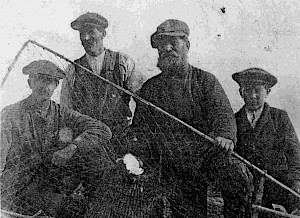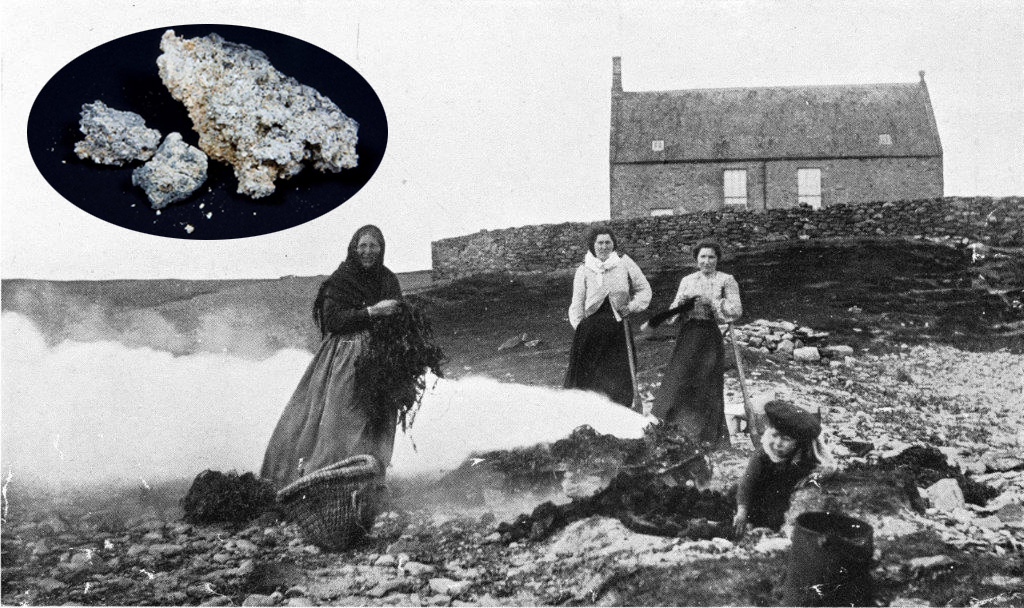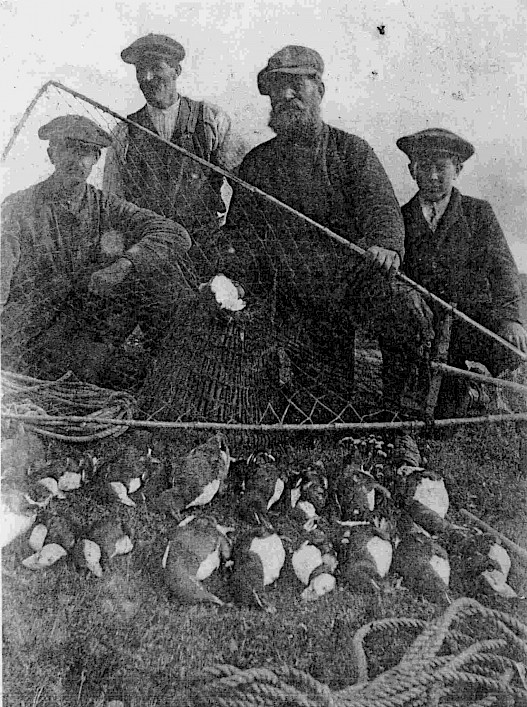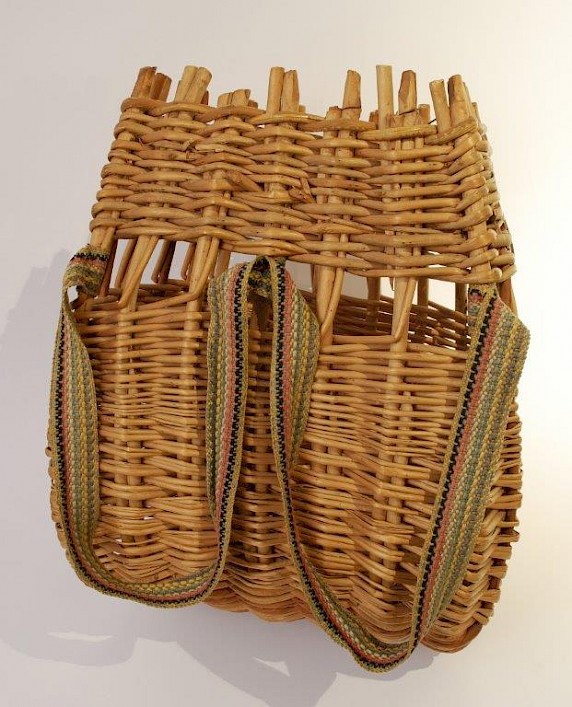'Fair Game’ online exhibition

Tuesday, May 3rd 2022 - Monday, June 5th 2023
Online Exhibition
Shetland Museum and Archives has launched a major new online exhibition today called ‘Fair Game’ as their part in the Between Islands project.
Between Islands is a major project originated by An Lanntair, the arts centre in the Western Isles of Scotland. The project, which has been running since 2014 highlights the historical cultural links between the islands of Shetland, Orkney, and the Outer Hebrides, while exploring and celebrating similarities and differences across the three island groups.
Each museum has approached the project theme creatively and used it to produce their own online exhibition which is inspired by each other’s history and collections.
The Shetland exhibition, which has been compiled by museum curator Ian Tait, examines three customs that are nowadays seen by some as ‘politically incorrect’: hunting seabirds and eggs, whaling, and harvesting peat.

Dr Tait said: “I am delighted to see the final instalment of this project which connects historical culture between the three islands go live. Originally it was intended to be a physical exhibition with items from each island loaned to the other. However, due to the pandemic each partnering museum has had to adapt so that the information can be shared virtually.
“The result is an online show which is presented through a fantastic new website. It explores three customs, which are now viewed rather emotively - fowling, whaling and peat cutting. We have looked at processes or traditions that are now seen as ‘non-politically correct’ and take a non-judgemental, factual approach to them, exploring how islanders traditionally used these resources, why they abandoned traditions and question what’s to stop their return in the future?
“The website looks at each of these topics in sequence and brings the material to life through a combination of archive images, maps, paintings, literature, re-enactments, audio footage and new films. One example is a film on fowling, which shows how islanders used to risk their lives to feed the family, portraying the terrifying peril of hunting seabirds and gathering their eggs in the cliffs of Shetland, Orkney and Hebrides.”

Museum nan Eilean in the Hebrides focuses on unexpected aspects of island culture in their ‘Tales of the Unexpected’ exhibition, highlighting some misconceptions about life on the island groups, looking at designers, living traditions, and industry; Shetland content includes mining, poultry farming, and guising. Orkney Museum’s ‘Orkney: Between Islands’ explores the inspiration and legacy of the islands in arts, crafts and literature, which includes a detailed look at Shetland carpentry, Fair Isle knitting, and the work of author/photographer Jack Peterson.
Alex MacDonald, co-ordinator of the Between Islands Project said: “What has been achieved by the museum teams under such difficult circumstances last year is exceptional. Placing these displays online also opens them up to a wider audience, and in keeping with the spirit of the project, is an illustration of what we can achieve when working together between islands.”
The overall project will be complemented by a new publication called ‘Between Islands’ which features articles by the organisers of all the islands’ online exhibitions. The volume has two pieces by Dr Tait, covering the Fair Game show, and another on preconceptions of island culture. It will be available to buy from the musum shop and online shortly.

Islanders were renowned for risking their lives on the cliffs to collect seabirds and their eggs. This group in Orkney used the same kind of net that Shetlanders did, and the Faroese still do.

The most familiar image of the bygone islander is someone carrying a basket of peat on their back. The creels used in the Hebrides were most robust, made from willow, and this child’s one has lovely woven arm-straps. Photo by John Maclean.
This final part of the Between Islands project has been undertaken through the development of specific projects encouraging inter-island collaboration and, with financial assistance through the Shetland, Orkney and the Outer Hebrides LEADER 2014-2020 regional cooperation scheme, a series of larger scale initiatives during 2019 and 2020.
Shetland Museum and Archives is currently closed to the public due to Covid-19 restrictions.
Please follow our social media pages for any updates and all the latest museum news and blogs.